|
|
|
I just returned from a walk in the brisk fall air. I love fall. It is by far my favorite time of the year. I spend much of the summer anxiously awaiting its arrival, and I mourn its passing as mild, sunny days give way to winter's chill. The reasons for my fondness of fall are many, but this morning as I observed random leaves floating to the ground, one in particular stood out in my mind: change. I like the change in the weather, the change in activities, the change in focus, and the changes in nature. All this got me thinking about the concept of change, especially when considered in conjunction with some other aspects of my walk which I will share in this post as well. We are currently undergoing a major life change. We are moving houses. I'm both excited and overwhelmed by the prospect. That is the thing with change; it can be both uncomfortable and exciting at the same time. For instance, there are many things about my current home that I love and will miss. That said, there are even more things about my new home that I am eager to enjoy. Instead of focusing on what I am giving up, I am trying to appreciate those things that I love about the old house and the enjoyment those things have brought to my life. I will look back on them with a nostalgic fondness and appreciation. I will not pine away for the loss of them. Instead, I will focus on the new experiences and opportunities that my new home affords. Change can take many forms, but certain types of change are commonly experienced. My walk brought to mind a number of metaphors for change which I would like to share. In recent months much of the world has experienced a narrowing of the path ahead. COVID-19 has restricted people's ability to work, socialize, and function freely. Many people have keenly felt the limitations imposed by these external constraints. Others have instituted their own personal constraints in an attempt to protect themselves and their loved ones. At the same time, many people have utilized this time of reduced external opportunities to reflect and build inwardly. There have been so many marvelous examples of people using this time of restriction to expand their lives in meaningful ways by focusing on family, rethinking priorities, tackling projects, and purging the unwanted from their lives. When the path before us narrows, we can choose to see it as a limitation or an opportunity. In reality, it is both, We can utilize the duality of the circumstance to look back with gratitude and insight regarding the distance we have traveled while simultaneously focusing our efforts moving forward. Sometimes, the road ahead gets steep. Troubles seem to come in bundles. Life gets a little (or a lot!) hard for awhile. At such times, we can find ourselves asking, "What next?!" as new problems present themselves. It can feel as though we are endlessly climbing. Just as climbing a steep hill in real life makes us physically stronger, climbing metaphorical hills can make us emotionally and intellectually stronger. The beautiful thing about hills is that they always end in an enhanced perspective. When we get to the top, we can see farther, understand our position better in relation to everything around us, and know better how to plot the course ahead. It can be tempting when trudging uphill to focus downward on the next step. While this method will keep us moving forward, it does little to make the journey more bearable. Instead, why not pause periodically to catch your breath and look back at the distance you've traveled? Doing so can instill feelings of gratitude, accomplishment, and hope. When you resume, try to look up and enjoy the ever-decreasing distance between yourself and the summit. Thinking in terms of time management, responsibilities, and other burdens, we sometimes need to lighten our load for the upward trek by laying aside, if only for a time, those things that are extraneous and superficial in order to focus on what matters most. What matters most at any given time will change with our circumstances and needs. Don't be afraid to tell others, "My path is steep right now. I need to lighten my load." Depending on who you tell, they may actively look for ways to help lessen your burden. They say that what goes up must come down. When we get to the top of life's metaphorical hills, we are typically faced with a steep decline. After the difficult upward trek, it can be tempting to let gravity and our renewed energy pull us downward at an ever-increasing pace. Better to walk carefully and intentionally, enjoying the newly gained perspective. Following a challenging time, give yourself grace and patience as you slowly add meaningful things back into your life. Resist the urge to invite too much into your life too soon, be it activities, commitments, or stuff. Occasionally, something really big comes along. It might be an illness or injury. It might be the loss of a job or a loved one. Whatever the case may be, such life changing events tend to demand an inordinate amount of our time, attention, and energy. They force us to yield to their demands and set other aspects of our lives on the top shelf to gather dust for a time. Such events or circumstances are largely unavoidable, and in many cases, unpredictable. Many of my clients are just emerging from (or still caught up in the midst) of a life-changing situation. Their routines have been derailed, and their personal surroundings have suffered as a result. With all their energy and effort focused on managing the 'big thing' in their life, things like order and organization have yielded. That's normal, but it doesn't have to be permanent. When circumstances force your to yield to their demands, know that yielding, by it's very nature, is temporary. Whatever the passing obstacle, it will pass, and it will once again be safe for you to continue on your way. Don't berate yourself for "letting things get out of hand". They are just things, and over time you can regain a comfortable level of control. While it would be nice to always be assured of a straight and shady path (like the one above), that isn't how life works. That's actually a good thing. An unbending path is a boring path void of opportunities to test ourselves and increase our strength. I purposefully saved this image for the end. This part of the path is located toward the end of my walk. As you can see the path ahead curves. The sign, in fact, indicates multiple curves ahead. There are curves ahead for all of us, and we often can't see what lies around the bend (as is the case here). That's why it's good, when we get the chance, to sit down on a comfortable bench and rest. While we're at it, we might also take a moment or two to toss out any "trash" that is burdening us before stepping back onto the path to see what's around the corner. Change is inevitable. Change is often difficult and almost always uncomfortable. Change is also necessary and beneficial. When viewed with the proper perspective, change can be an instrument for gratitude as we look back on past experiences and the ways in which they have shaped and blessed us. Change can also be a precursor and instigator of growth in our lives as we adapt to our shifting circumstances and improve ourselves in the process. It isn't only our circumstances that change. We change over time as well. Our interests, tastes, needs, wants, and preferences change. Often, instead of letting go of things that held meaning or interest to our former self, we cling to them. Our progress on the path ahead, be it hilly, curvy, or wrought with obstacles, will be easier if our burden is lighter. Letting go of the things that no longer represent who you are and what matters to you, leaves you free to welcome the changes ahead. How has change impacted you? What insights have you gained as you have overcome challenging times?
10 Comments
AFFILIATE DISCLOSURE: This post contains affiliate links. This just means that there are product suggestions included within the text. Should you click on one of the links and decide to make a purchase, I will receive a small commission. I only suggest products I love and and have experience with that are directly related to the content in this post. Thank you for your support! View my Disclosure Statement for more information. When problems arise, my organizer brain immediately takes in the situation and starts looking for ways to improve the physical environment in order to make it more functional. Such has been the case recently. I have just returned from two and a half weeks of assisting my mom who is recovering from a broken hip. Long term illnesses or injuries, such as my mom's, can make it difficult for a person to function comfortably within his or her normal surroundings. The more that can be done to accommodate the recovering person's needs and abilities, the more comfortable that person will be physically, mentally, and emotionally. Often a few simple changes can make a big difference in a person's ability to comfortably do for themselves as much as possible. In this post, I would like to share some suggestions for things you can do to make the physical environment more user-friendly for someone who is recovering from a serious illness or injury. Remove ObstaclesOne of the first things I did after arriving at my mom's house was to remove the throw rugs from her bathroom floor. They may serve a useful purpose, but in her current situation they are more of a hazard than a help. I washed them and set them aside to be replaced later when she is stronger and better able to get around. A person suffering from a serious illness is often in a weakened state. This can also be true of someone who has been injured seriously. Anything you can do to help them get around more easily is desirable. This may mean moving furniture around temporarily to create a more direct path from point A to point B. Look around the environment with new eyes searching for anything that could be a tripping hazard, sharp corner, obstacle, or other potential danger and find a way to minimize the risk. Make Things AccessibleA person who is seriously injured or ill is likely to have limited mobility. They may be bed-ridden or just camped out on the sofa for a time. Their ability to reach things and do simple tasks is probably reduced. This can be tremendously trying. Finding ways to make things easier to access will help them retain a degree of independence and greatly reduce their level of frustration. Some of my favorite solutions include:
We are fortunate to live in a world where energy saving, work reducing devices abound. What's more, many of these gadgets are specifically designed for people with limited mobility, strength, energy, and/or dexterity. Here are some examples of tools designed to make doing basic household tasks easier.
Often a person recovering from serious illness or injury spends a good deal of their time either in bed or lounging on a sofa. It can be frustrating to be confined to a small space, but there are a variety of products available to help make the experience more comfortable, and possibly even more productive. Here are a few of my favorites:
Bathroom safety is often a concern for someone who is recovering from illness or injury. In our family we have found the following items to be particularly helpful in providing needed support and comfort.
While working at the kitchen store, I discovered some really great kitchen gadgets designed to make accomplishing basic tasks simple and pain free for people with strength and dexterity challenges. Here are some of my favorites.
As you can see, organizing for injury or illness is not complicated, but it does take some thought. The key is to identify specific needs and work from there to find the best solution. Anything you can do to make a recovering person more comfortable and better able to enjoy some independence is highly desirable!
|
Archives
November 2022
Categories
All
|
Proudly powered by Weebly



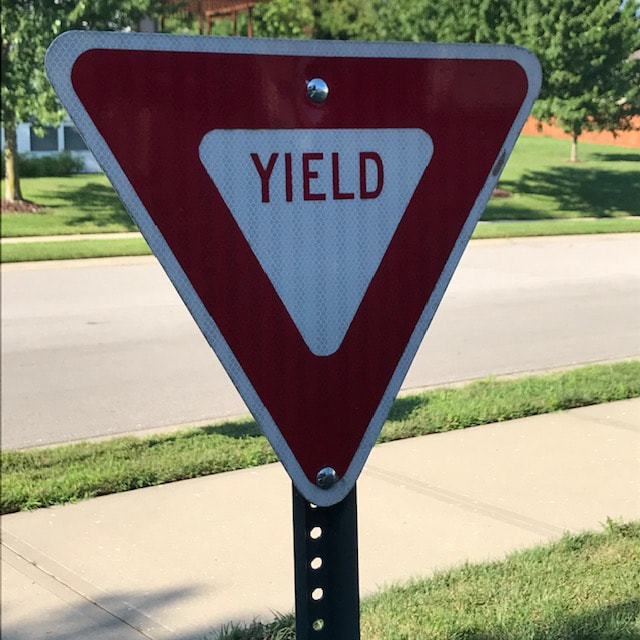



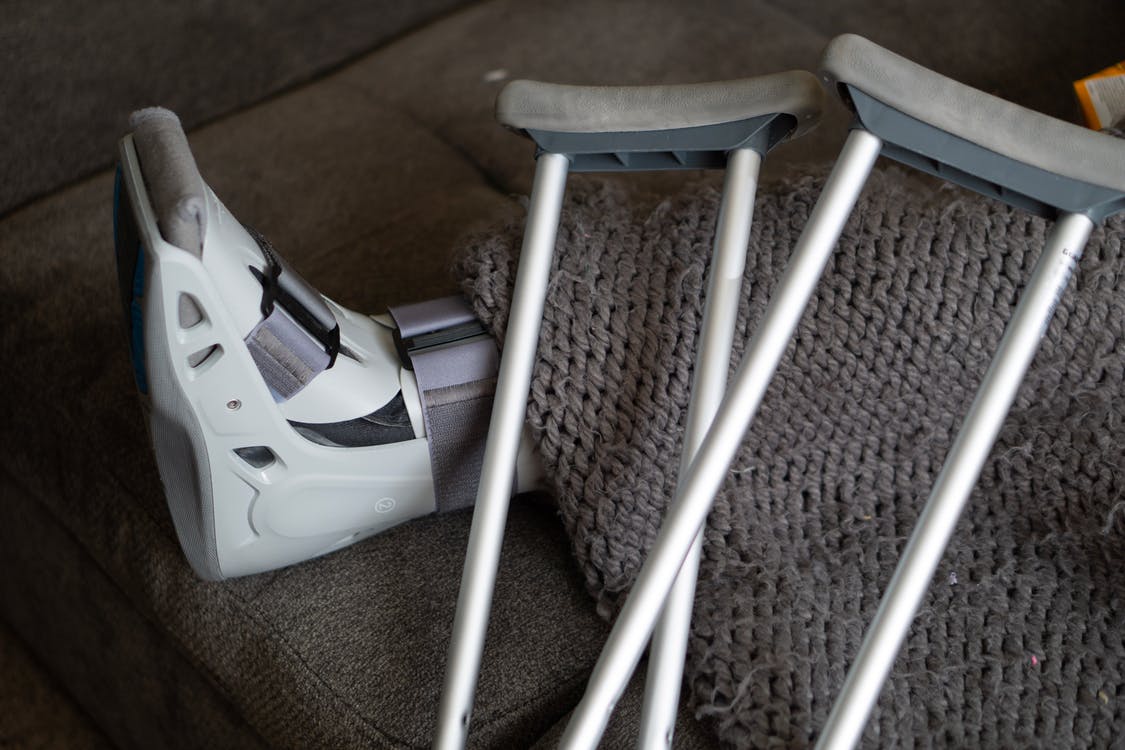
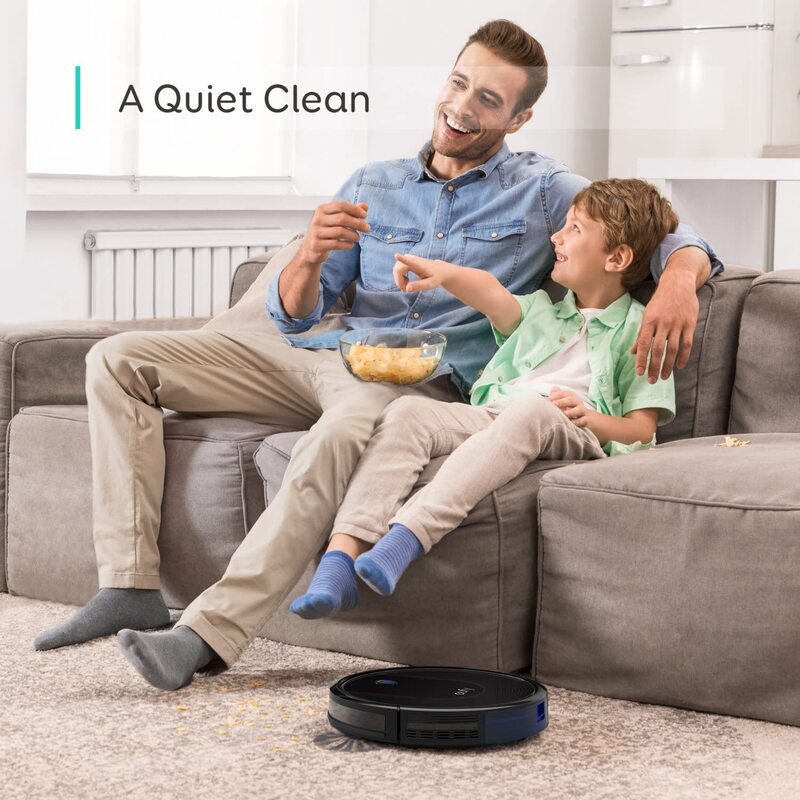
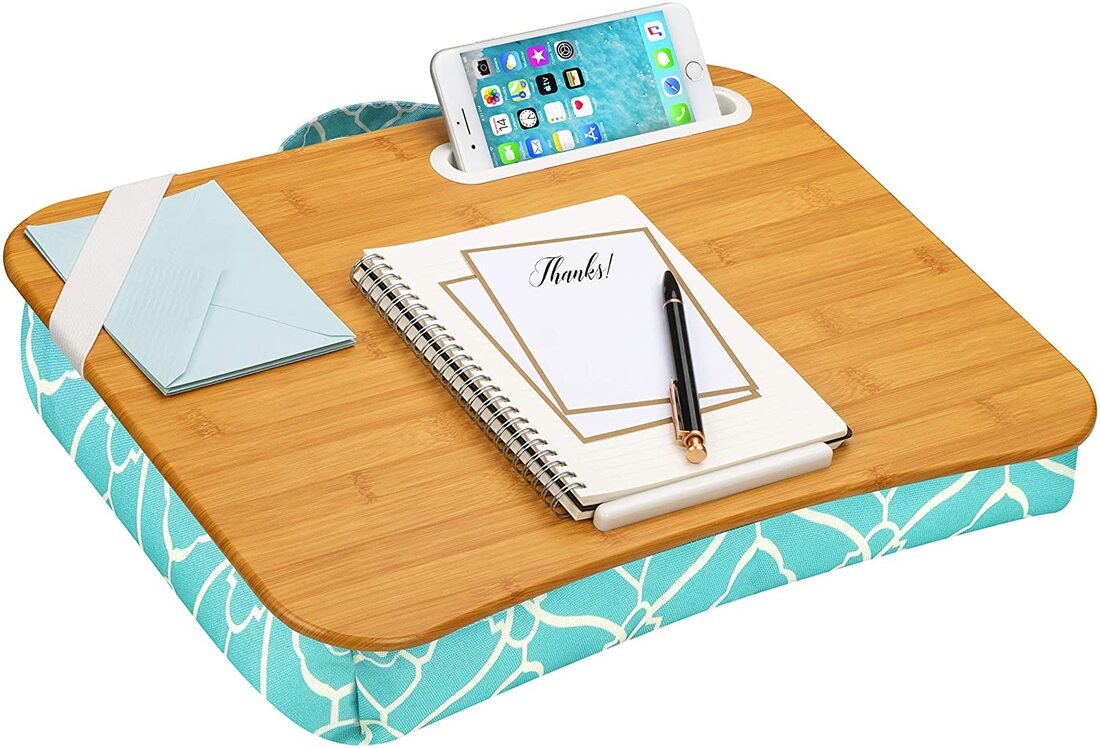
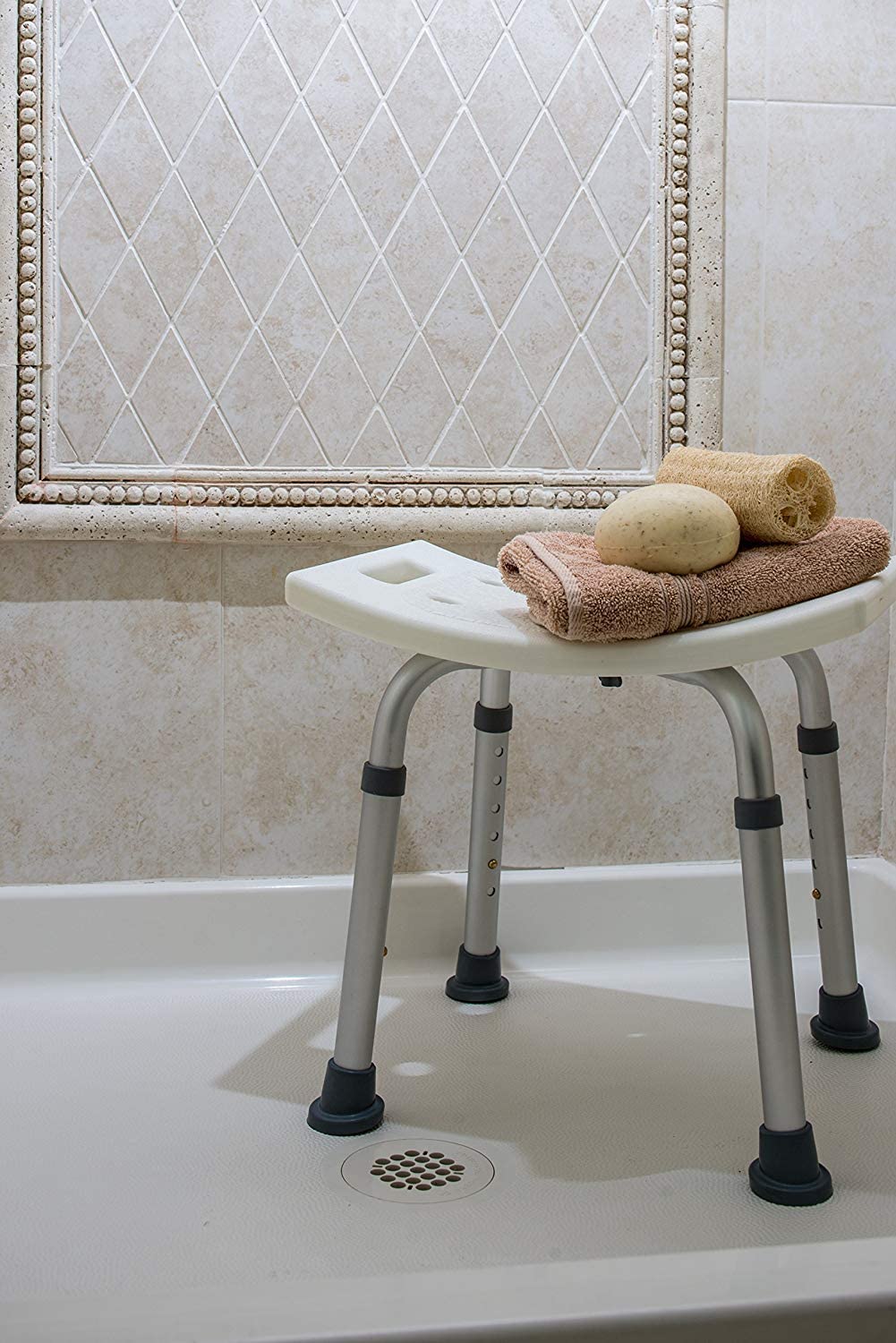
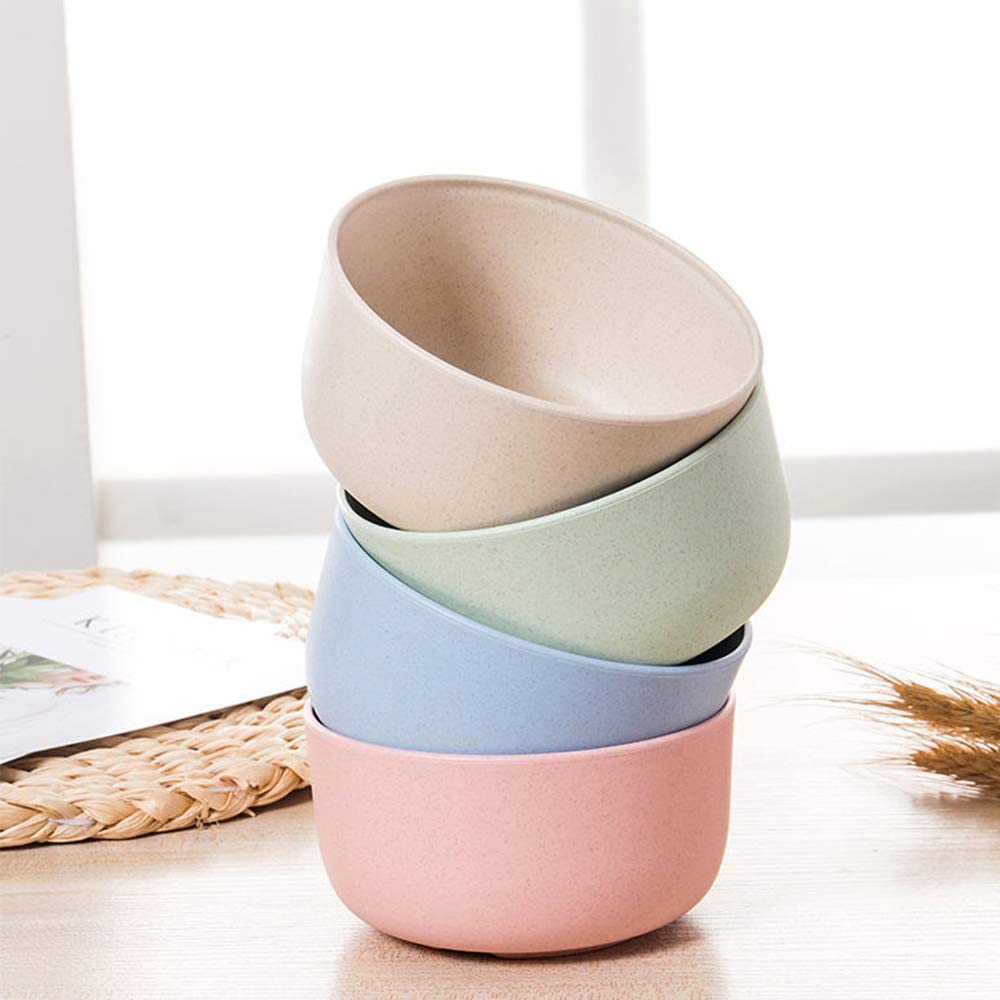
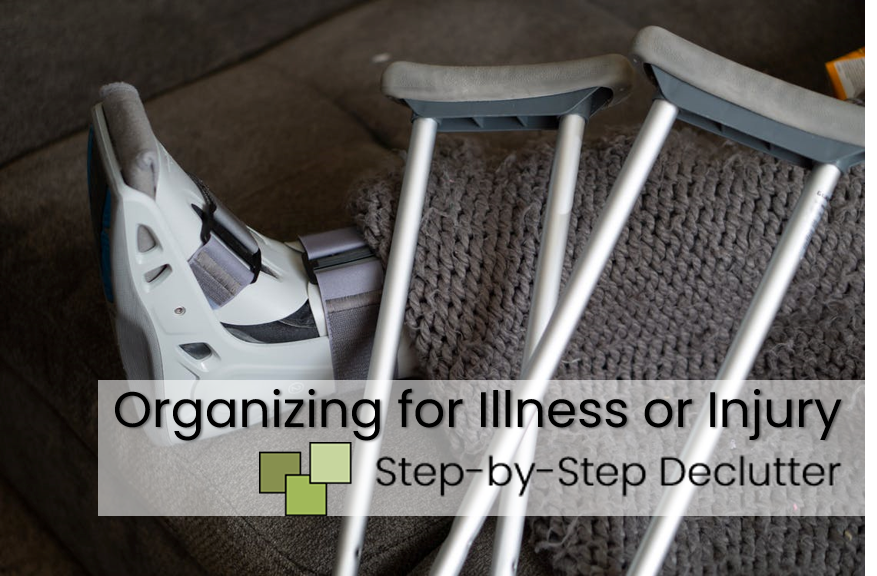

 RSS Feed
RSS Feed